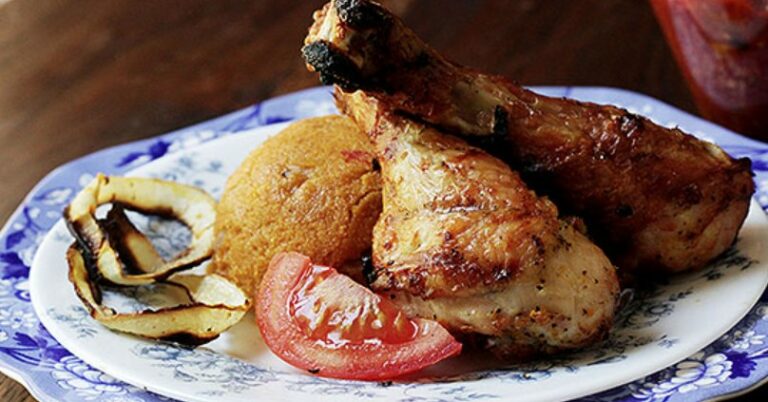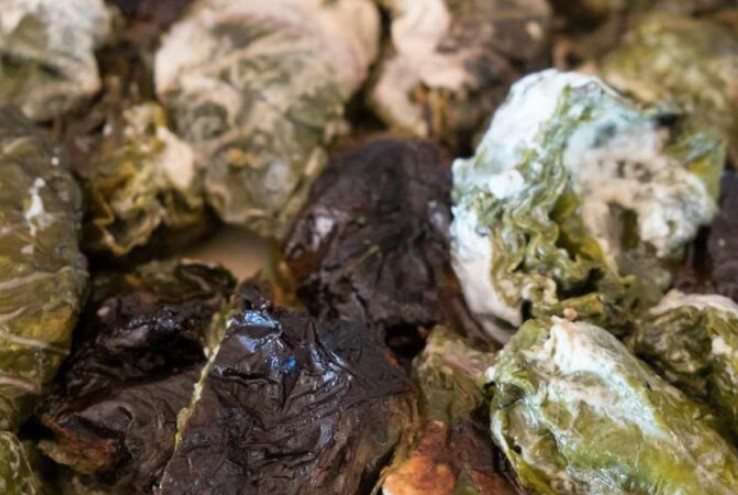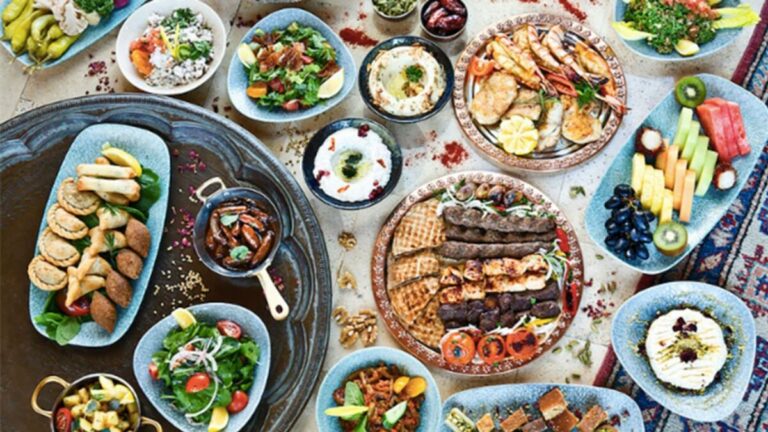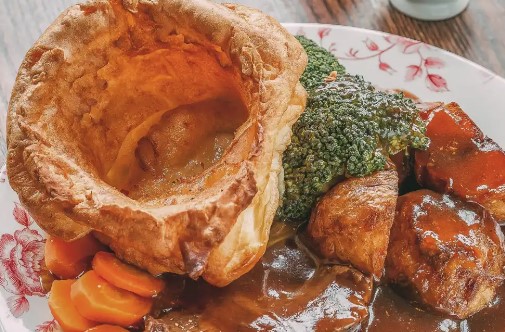Introduction: Tanzanian culinary traditions
Tanzanian cuisine is diverse and delicious, reflecting the country’s cultural diversity and history. Traditional meals vary from region to region, and many dishes have been influenced by Arab, Indian, and European cuisine. Tanzanian cuisine is characterized by its simplicity and use of locally sourced ingredients such as maize, cassava, plantains, beans, potatoes, and peas. The cuisine is also known for its use of spices, including cardamom, cinnamon, cloves, and cumin, which are often used to flavor dishes.
Ugali: The staple food of Tanzania
Ugali is the most popular food in Tanzania and is a staple in most households. It is made from maize flour, water, and salt and is similar in texture to polenta or grits. Ugali is usually served with a stew or sauce made from meat, fish, or vegetables. It is often eaten with the hands, with small balls of ugali being rolled into a ball and dipped into the stew.
Biriyani: A fragrant rice dish with meat or vegetables
Biriyani is a fragrant rice dish that is popular in Tanzania and is usually served during special occasions such as weddings and religious festivals. It is made by cooking rice with a blend of spices, including saffron, cinnamon, cardamom, and cloves. The rice is then layered with meat, fish, or vegetables and cooked slowly over low heat. It is a delicious and aromatic dish that is sure to please any palate.
Ndizi na nyama: Plantains and meat stew
Ndizi na nyama is a popular dish in Tanzania that is made with plantains and meat stew. The dish is usually made with beef or goat meat and is cooked slowly with onions, tomatoes, and spices. The plantains are added towards the end of the cooking process and are cooked until they are tender. Ndizi na nyama is often served with ugali or rice and is a hearty and satisfying meal.
Mandazi: Sweet fried doughnuts
Mandazi is a sweet pastry that is popular in Tanzania and is often served during special occasions such as weddings and religious festivals. Mandazi is made from a dough of flour, sugar, yeast, and coconut milk, which is then cut into shapes and deep-fried until golden brown. It is often served with tea or coffee and is a delicious and indulgent treat.
Kachumbari: A spicy tomato and onion salad
Kachumbari is a spicy tomato and onion salad that is popular in Tanzania and is often served as a side dish or condiment. The salad is made by combining chopped tomatoes, onions, and chili peppers and is seasoned with salt, pepper, and lime juice. Kachumbari is a fresh and flavorful dish that adds a spicy kick to any meal.








